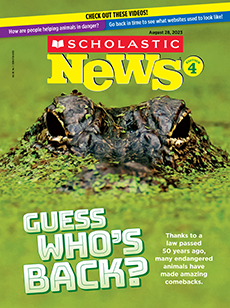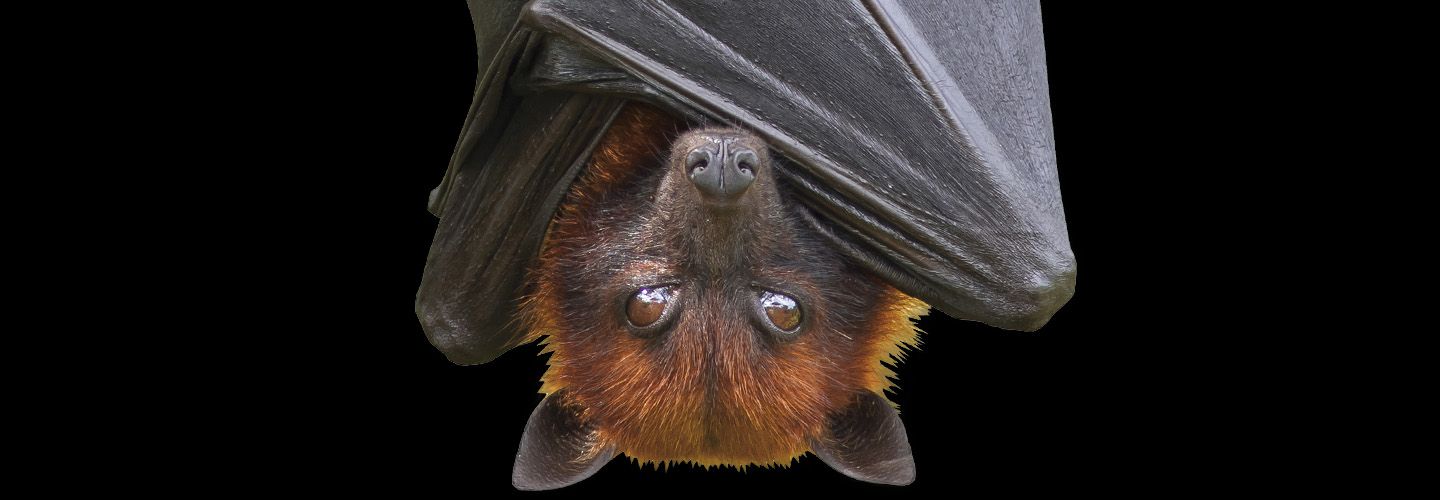As the sky began to darken, Jeff Reder headed into a barn near Hancock, New Hampshire. Pen and paper in hand, he started counting—bats, that is.
Reder is one of dozens of citizen scientists who helped researchers this summer. In New Hampshire and other states, these volunteers tracked bats to find out the size of their populations. It’s all part of an effort to save bats from a deadly disease called white-nose syndrome (WNS).
The winged creatures spend the summer in warm, dark, quiet places, like barns. At night, they take flight to find food and drink. That’s when counting the bats gets tricky.
“In early evening, you can see them,” Reder explains. “But as it gets darker and they’re flying into trees, not the open sky, it’s harder to count.”

